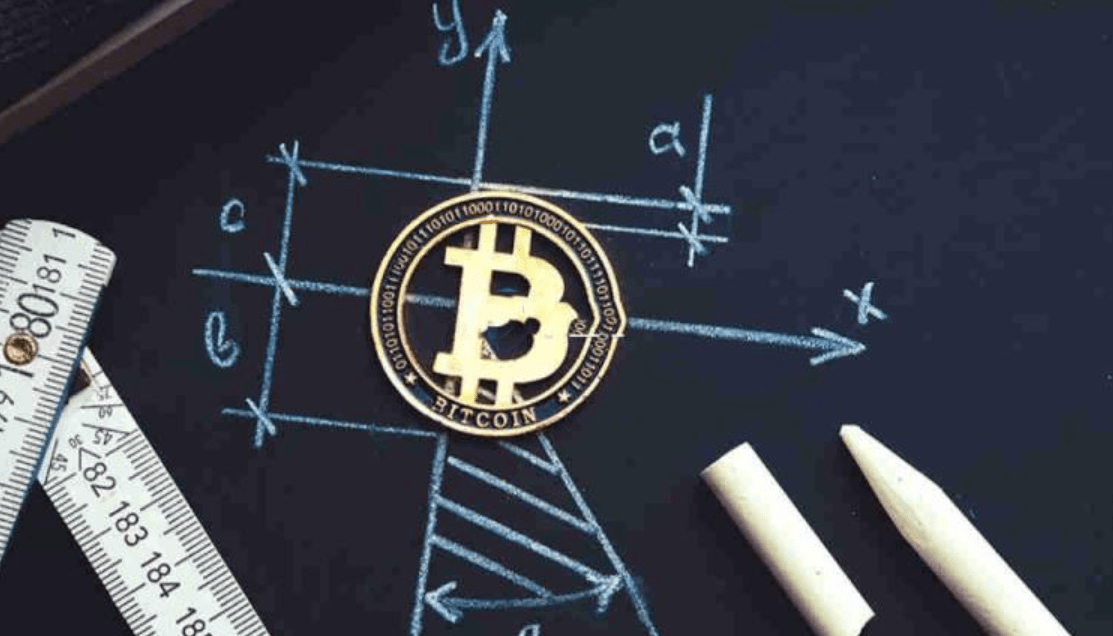Market makers manipulate the market through upward and downward spikes to earn price differences and fees. During upward spikes, they buy back at lower prices during price corrections through reverse trading; during downward spikes, they sell at higher prices during price rebounds through reverse trading. Some investors are curious about how market makers profit from spikes. I will explain in detail.
The spike is a common concept in the cryptocurrency space, referring to a rapid increase or decrease in price followed by a swift return, reflected in the candlestick pattern as long shadows. Market maker behavior is one of the main reasons for spikes in the cryptocurrency space, manipulating the market through upward and downward spikes to gain huge profits. However, spike events are typically very short-lived, which raises curiosity among some investors about how market makers profit from these spikes. Based on available information, the primary methods include liquidating contracts, harvesting stop-loss orders, and creating false signals. Below, I will explain in detail.

How do market makers profit from spikes in the cryptocurrency space?
The main ways that market makers profit from spikes in the cryptocurrency space are through clearing contracts, harvesting stop-loss orders, and creating false signals. Upward and downward spikes refer to prices rapidly rising (upward spike) or falling (downward spike) within a short period, but then returning to the original range. In candlestick charts, the wicks (shadows) are significantly longer than the bodies, indicating substantial instantaneous price fluctuations. Below is a specific introduction:
1. Liquidating contract positions: In contract trading, users set stop-loss prices or are forcibly liquidated (bankrupted) by the system, with upward spikes clearing short contracts and downward spikes clearing long contracts.
User positions are forcibly liquidated, and the losses are taken by the exchange. After triggering the liquidation point at a specific price, the market maker profits through reverse trading.
2. Stop-loss orders: Retail investors usually set stop-loss levels (e.g., a price fluctuation of 5% or 10%): Market makers take advantage of brief price spikes to trigger these stop-loss orders. They then quickly pull the price back to the original level, absorbing the assets sold by retail investors. During downward spikes, they force holders to panic sell at low prices; during upward spikes, they attract retail investors to chase the price high, allowing market makers to buy back at better prices during price corrections.
3. Creating false signals: Market makers use spikes to induce retail investors to misjudge market trends: upward spikes create false breakouts, inducing retail investors to chase prices; downward spikes create false breaks, inducing retail investors to panic sell. In a short time, through large amounts of buying or selling, they manipulate prices. Due to insufficient counterparties, prices can be instantly pushed up or down.
Market maker spike manipulation refers to the phenomenon in the cryptocurrency market where market makers manipulate market prices, causing the candlestick chart to show similar 'spike' phenomena. This manipulation usually occurs in a short period, with prices swiftly rising or falling, and then rapidly returning to normal levels.
Spike phenomena are not always caused by malicious manipulation from exchanges. Sometimes, spikes are due to market behavior. For example, when there is a significant imbalance between buyers and sellers, the market becomes unbalanced, leading to rapid price fluctuations. Once the market finds a new equilibrium, prices quickly return to normal levels.
Market makers can influence market prices through large-scale selling or buying of virtual currencies. For example, when a market maker urgently needs cash flow, they will sell off a large amount of virtual currency, causing prices to plummet and forming a lower shadow; subsequently, the market maker quickly buys back at market prices, causing prices to rapidly return to normal levels, forming an upper shadow.
Spike manipulation can trigger market panic and uncertainty, affecting investors' decisions and confidence. In the short term, this can cause severe price fluctuations and have a certain impact on the market. Spike manipulation can make investors doubt the market, increasing volatility and uncertainty.
The above content answers the question of how market makers profit from spikes. For retail investors, recognizing market maker tactics, maintaining rational trading, and avoiding excessive leverage are key strategies to deal with spikes. It is advisable for investors to avoid setting stop-loss orders near obvious support or resistance levels, as high leverage can easily be wiped out by spikes. In low liquidity markets, spike behavior is more frequent, so try to avoid participating. Most importantly, when encountering spike markets, do not blindly chase highs or lows; wait for the market to return to normal before acting.
Prepare to place orders!
Currently in a bull market, opportunities arise every day, and we share secrets.
Still the same, if you don't know what to do in a bull market, click on my profile, follow me for bull market spot planning, contract secrets, and free sharing.

